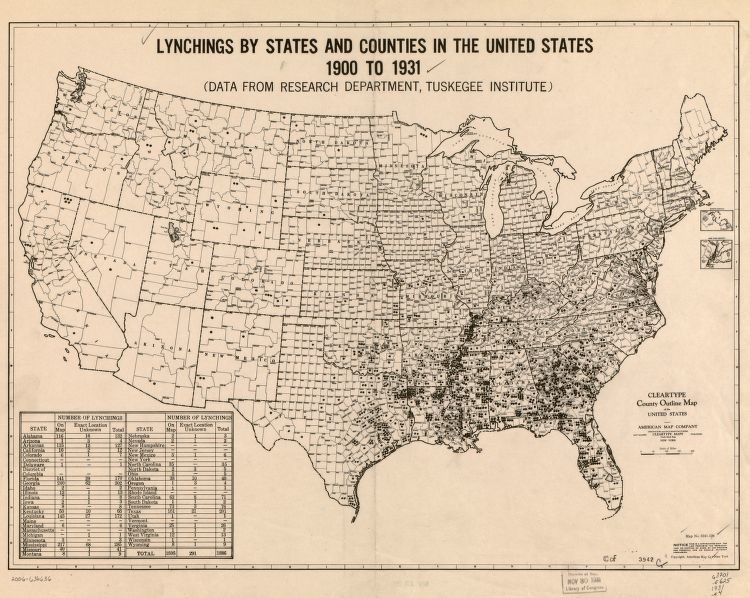Throughout the entire process of creating my document based lesson I was incredibly engaged. The idea of setting up students to serve as historical detectives was fascinating and doing the research to “uncover” primary sources/information proved incredibly fruitful and fulfilling. I even felt like a historical detective at certain points, especially when the Schomburg Center for Research in Black Culture emailed me the court transcripts from Jesse Washington’s “trial” in Waco, Texas!
Focusing on the lynching of Jesse Washington was certainly a emotionally/spiritually challenging task for me, however, and I initially struggled with the idea of what I wanted students to actually do with this information and what my intention for the lesson was. “Do I want students to get angry over Jesse Washington’s lynching and just sit in that anger? Do I want students to see how groups like the NAACP rose to prominence because of the work they did to quell lynchings? What am I trying to get at?” Ultimately, I ended up deciding that my intention was multifaceted… I am totally fine with students getting upset over historic injustices (after all, who learns about events like the Holocaust or Jim Crow and DOESN’T get upset?) because I believe that will ignite an inner fire/passion to fight against present day injustices and, of course, I want students to feel empowered in their ability to contribute to society for the better so I felt the need to highlight the NAACP’s article in “The Crisis” and Billie Holiday’s “Strange Fruit” as examples of resistance.
I truly appreciated this process and wish I had more opportunities to engage in document based learning during my secondary education career. I fully intend on utilizing this type of lesson in my future classroom in sha Allah.
If anybody who reads my chapter on Jesse Washington and the dark legacy of American lynchings has any feedback or recommendations, I would love to hear from you. Please feel free to contact me on LinkedIn. Much obliged.
Photo Credit:

